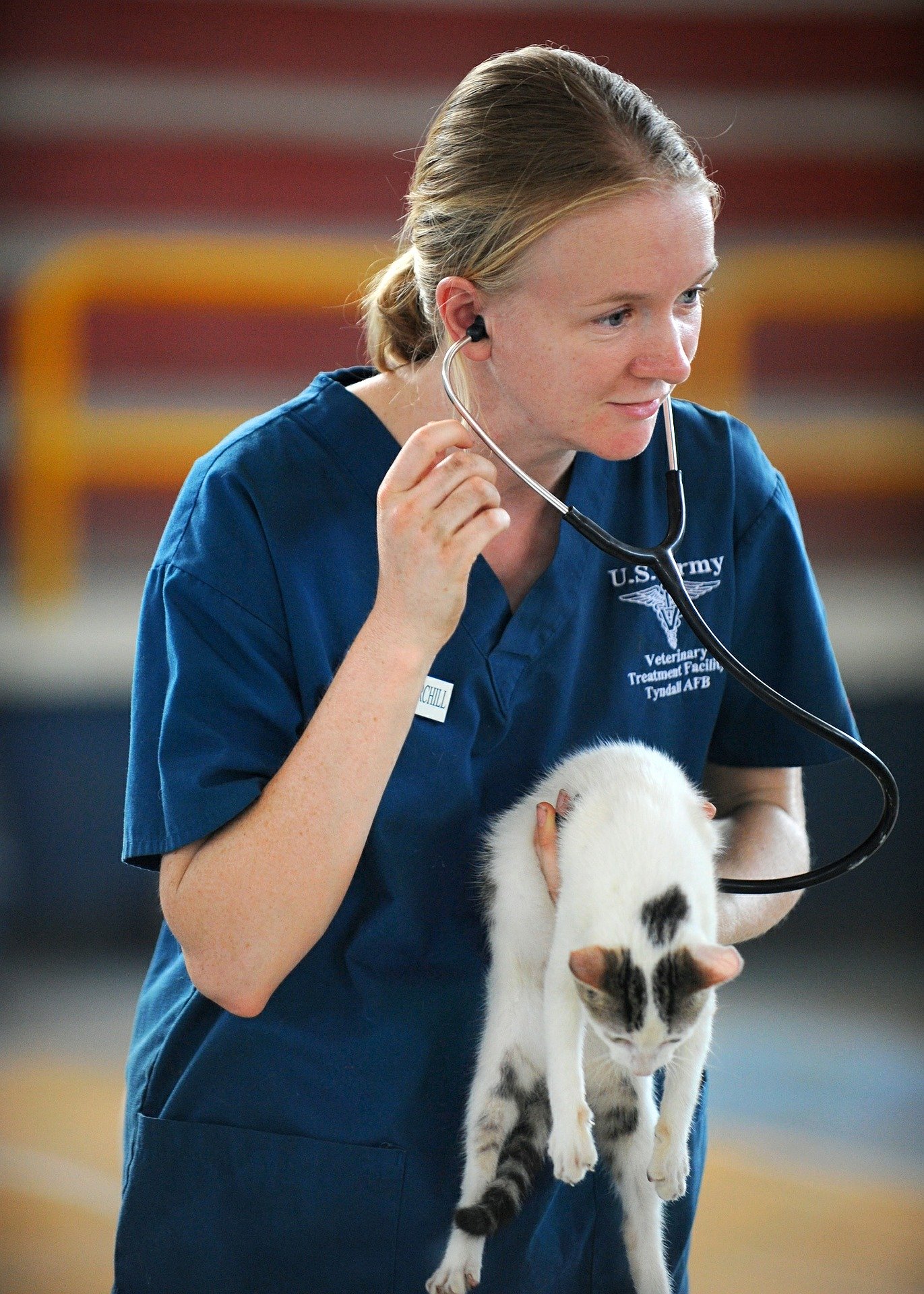When the cat sneezes, for example because its nose itches, it is first of all a funny noise. But be careful: If the cat is getting more and more snuffy and eye and nose discharge is added, there is very likely a serious disease behind it. The unspecific term “cat cold” seems far too harmless for a potentially fatal course of the disease. It colloquially summarizes medical and much more specific diagnoses such as feline pneumonia, feline rhinitis or, for international communication, “cat flu” or furd (“feline upper respiratory disease”).

When the cat sneezes: Causal Research
Cat sniffles describes, initially quite unspecific, various diseases of the respiratory tract and mucous membranes in the head area of the cat. The individual forms of cat rhinitis are caused by viruses, bacteria and occasionally both in parallel and are infectious. Cats can be infected by contact with each other, but it is also a droplet or smear infection over food, objects and even the human being as an intermediate carrier. The pathogens are usually spread via body fluid: when the cat sneezes or salivates, very fine secretions are sprayed, in which the viruses and bacteria can survive for a while even without a host. Cats are at high risk of becoming infected: Therefore, if you have a cat’s sniffles, you should see your vet immediately.
The following viruses and bacteria have been identified as the causative agents for the various forms of cat cold:
Important to know: The viral cat cold cannot be transmitted from animals to humans as a zoonosis. Bacterial forms such as chlamydiosis and Bordetella infections carry a certain interspecies risk of infection. The most careful hygiene measures must be observed. The exact diagnosis of the pathogen can only be made by laboratory tests. The germs cause different clinical pictures in detail, but the symptoms overlap in many ways. One can therefore speak of a characteristic clinical picture, regardless of the concrete origin.
What are the symptoms of cat cold?
Cat cold affects the cat’s head: the eyes, the mucous membranes of the nose and throat and the respiratory tract up to the lungs are affected. The disease breaks out about five days after the infection and initially manifests itself in general discomfort. The first signs are fever, reduced appetite, cough and sniffles, sometimes vomiting is also present. In rare cases, however, these accompanying symptoms may not occur. Typical
Clinical complaints are sometimes purulent discharge from the nose and eyes, conjunctivitis, corneal damage, swelling of the lymph nodes, ulcers or blisters on the tongue and mucous membranes. In severe cases, necrosis of the nasal mucous membranes and miscarriage in pregnant cats may occur. If the cat’s cold spreads to the respiratory tract, breathing difficulties, rattling respiratory sounds, respiratory tract infections up to pneumonia and nasal catarrh.
How can I help my cat with colds?
The best help against cat cold is prevention: There are appropriate vaccinations against herpes and Calici viruses, which can cause cat cold. Such vaccinations should be given to the kitten in the first weeks of her life, the vaccination protection must then be refreshed at regular intervals. In the meantime, there are also drugs in use which have a prophylactic effect against bacterial infections.
If the cat is already ill, the veterinarian will initiate a therapy with broad-spectrum antibiotics, antiviral proteins that stimulate the immune system and, if necessary, locally applied bacteriostatic drugs. These inhibit the spread of viruses and bacteria and thus the effects of the disease. In order to determine a medication, the veterinarian takes a blood sample and swabs of the tongue, eyes and conjunctiva to identify the pathogen and rule out diseases with similar pathological manifestations, such as allergies or asthma.
In order to alleviate the animal’s respiratory problems in addition to the medication, you can try to have the animal inhale appropriate essential oils, for example camomile oil. Nursing also includes carefully removing discharge and keeping nose and eyes clean. If the animal shows a lack of appetite, try to motivate it to eat with particularly desirable food. If the animal has difficulty swallowing due to inflammation in the mouth and throat, offer as soft a food as possible. If the animal refuses water, try to hydrate it with a bottle: The cat is thirsty, but it is painful to swallow. If the disease has progressed so far due to delayed treatment that the cat can no longer eat and drink alone, artificial feeding and infusions are necessary. Do not let it come to that: If detected and treated at an early stage, there is a good chance of recovery for your house cat.
Why is vaccination so important?
Feline Chlamydia is particularly common in kittens: Unvaccinated cats are often affected by cat flu, especially if they have a lot of contact with other cats in a small area. The mortality rate in such kittens is unfortunately quite high. Strays are often contaminated with the pathogens; in cat colonies, cat flu spreads epidemically. If there is no possibility to vaccinate or examine the animals, please pay attention to hygiene in your own interest. The treatment of cat flu can be extremely complex and expensive due to veterinary and medication costs. With a comprehensive vaccination protection, you can considerably reduce the risk of your cat falling ill: good prevention pays off!

